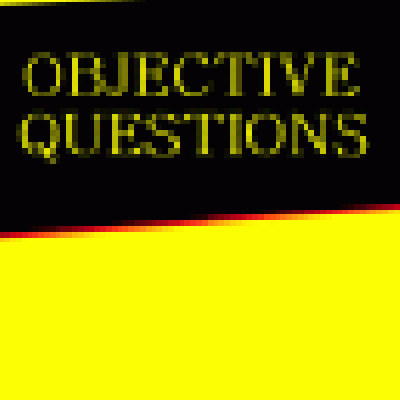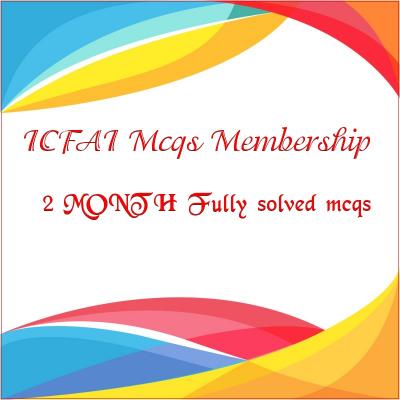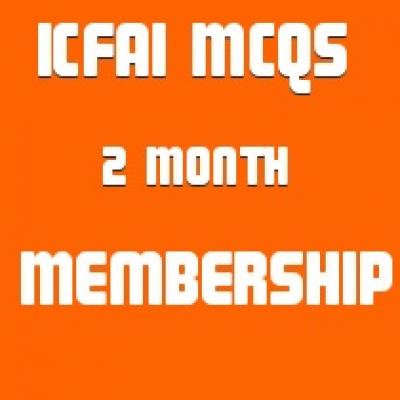Marketing Management
Price:
Rs500
Marketing Management SOLVED PAPERS AND GUESS
Product Details: Bharathiar University Marketing Management SOLVED PAPERS AND GUESS
Format: BOOK
Pub. Date: NEW EDITION APPLICABLE FOR Current EXAM
Publisher: MEHTA SOLUTIONS
Edition Description: 2021-22
RATING OF BOOK: EXCELLENT
ABOUT THE BOOK
FROM THE PUBLISHER
If you find yourself getting fed up and frustrated with other Bharathiar University book solutions now mehta solutions brings top solutions for Bharathiar University. this Marketing Management book contains previous year solved papers plus faculty important questions and answers specially for Bharathiar University .questions and answers are specially design specially for Bharathiar University students .
Please note: All products sold on mbabooksindia.com are brand new and 100% genuine
- Case studies solved
- New addition fully solved
- last 5 years solved papers with current year plus guess
FULLY SOLVED BOOK LASY 5 YEARS PAPERS SOLVED PLUS GUESS
1. Books by courier
2. Delivery in 5-7 days
3. Courier india only
4. Rating of product : largest selling







